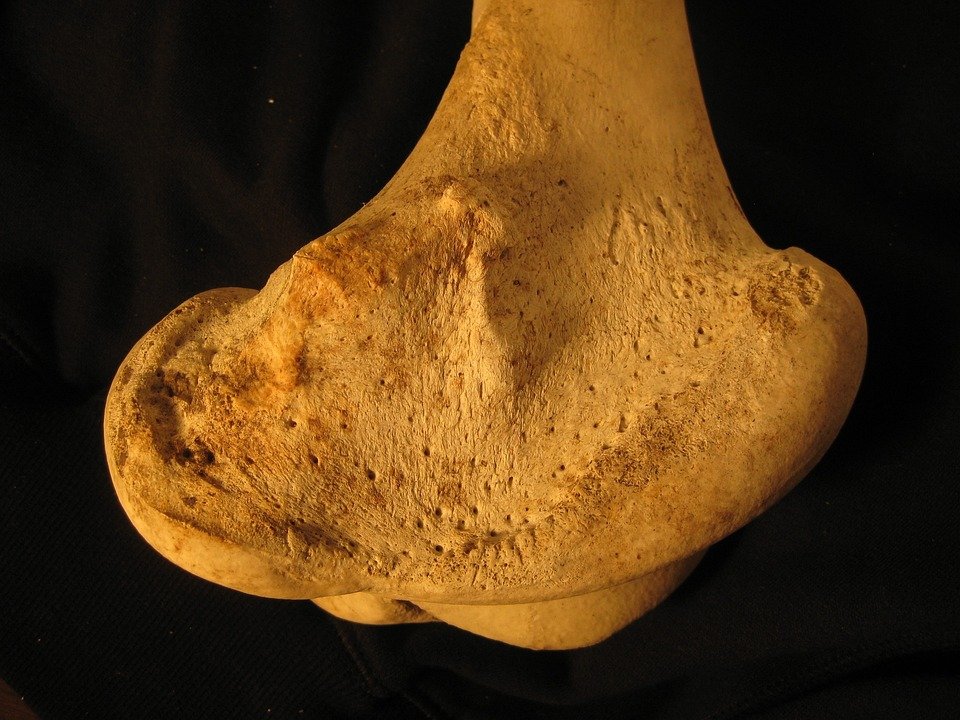
Autoimmune diseases are a group of disorders that occur when the immune system mistakenly attacks the body’s own tissues. This can lead to a wide range of symptoms and complications, and can affect virtually any part of the body. Understanding the causes, symptoms, and treatments of autoimmune diseases is crucial for managing these conditions and improving quality of life for those affected.
Causes of Autoimmune Diseases

The exact cause of autoimmune diseases is not fully understood, but it is believed to be a combination of genetic, environmental, and hormonal factors. Some people may be genetically predisposed to developing autoimmune diseases, while others may develop them as a result of environmental triggers such as infections, toxins, or stress.
In autoimmune diseases, the immune system mistakenly identifies the body’s own tissues as foreign invaders and attacks them. This can lead to inflammation, tissue damage, and dysfunction of the affected organs or systems. Some common autoimmune diseases include rheumatoid arthritis, lupus, type 1 diabetes, multiple sclerosis, and celiac disease.

Symptoms of Autoimmune Diseases
The symptoms of autoimmune diseases can vary widely depending on the specific condition and the organs or systems affected. Some common symptoms of autoimmune diseases include fatigue, joint pain, muscle weakness, skin rashes, fever, and digestive problems. In some cases, autoimmune diseases can also lead to more serious complications such as organ damage or failure.

Diagnosing autoimmune diseases can be challenging, as the symptoms can be vague and nonspecific. Doctors may use a combination of blood tests, imaging studies, and physical exams to help diagnose autoimmune diseases. In some cases, a biopsy of the affected tissue may also be necessary to confirm the diagnosis.
Treatments for Autoimmune Diseases
There is no cure for autoimmune diseases, but there are treatments available to help manage the symptoms and slow the progression of the disease. The treatment plan for autoimmune diseases will vary depending on the specific condition and the severity of symptoms. Some common treatments for autoimmune diseases include:
– Medications: Many autoimmune diseases can be treated with medications such as corticosteroids, immunosuppressants, and biologic agents. These medications can help reduce inflammation, suppress the immune system, and relieve symptoms.
– Lifestyle changes: Making changes to your diet, exercise routine, and stress management techniques can also help manage autoimmune diseases. Eating a healthy diet, getting regular exercise, and practicing relaxation techniques can help improve overall health and reduce symptoms.
– Alternative therapies: Some people with autoimmune diseases may benefit from alternative therapies such as acupuncture, massage therapy, or herbal remedies. These therapies can help reduce pain, improve mobility, and enhance overall well-being.
It is important to work closely with your healthcare provider to develop a treatment plan that is tailored to your specific needs and goals. By taking an active role in managing your autoimmune disease, you can improve your quality of life and reduce the risk of complications.
In conclusion, autoimmune diseases are complex conditions that can have a significant impact on physical and emotional well-being. By understanding the causes, symptoms, and treatments of autoimmune diseases, individuals can better manage their condition and improve their quality of life. Working closely with healthcare providers, making lifestyle changes, and exploring alternative therapies can all help in managing autoimmune diseases effectively. With the right support and treatment, individuals with autoimmune diseases can lead fulfilling and healthy lives.

Discover more from Bibliobazar Digi Books
Subscribe to get the latest posts sent to your email.


